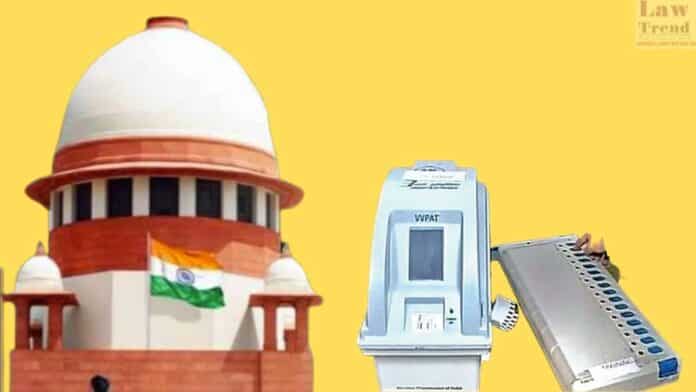The Supreme Court on Monday rejected a petition seeking a complete manual tally of Voter Verified Paper Audit Trail (VVPAT) slips during elections, affirming the reliability of electronic voting machines (EVMs). The plea, which called for a 100% manual count in addition to the electronic tabulation, was dismissed on the grounds of redundancy and previous rulings.
Chief Justice Sanjiv Khanna, along with Justices Sanjay Kumar and K V Viswanathan, heard the appeal filed by Hans Raj Jain against a prior decision by the Delhi High Court dated August 12, 2024. The High Court had also rejected Jain’s plea, referencing multiple Supreme Court judgments that underscored the security and user-friendliness of EVMs.
“We do not find any good ground to interfere with the impugned judgment,” stated Chief Justice Khanna. He further noted that similar issues had been resolved in earlier judgments, indicating that such matters could not be repeatedly contested.
The Delhi High Court, in its 2024 ruling, had leaned on apex court decisions to dismiss Jain’s original plea and a subsequent request for a review of the verdict. The High Court emphasized that the Supreme Court had previously declared EVMs as safe and efficient, thus not warranting further cross-verification with VVPAT slips.
Jain’s petition had advocated for an “appropriate prototype of the VVPAT system,” where the VVPAT printer remains visible to voters, allowing them to confirm the printed ballot before it is submitted to the presiding officer at the polling station. He insisted that both the VVPAT slips and the electronic results should be counted to ensure electoral integrity.
However, the Election Commission of India, referenced in the Supreme Court’s ruling in the Association for Democratic Reforms v. Election Commission of India, argued that the concerns raised by Jain had already been adequately addressed in past judgments.







